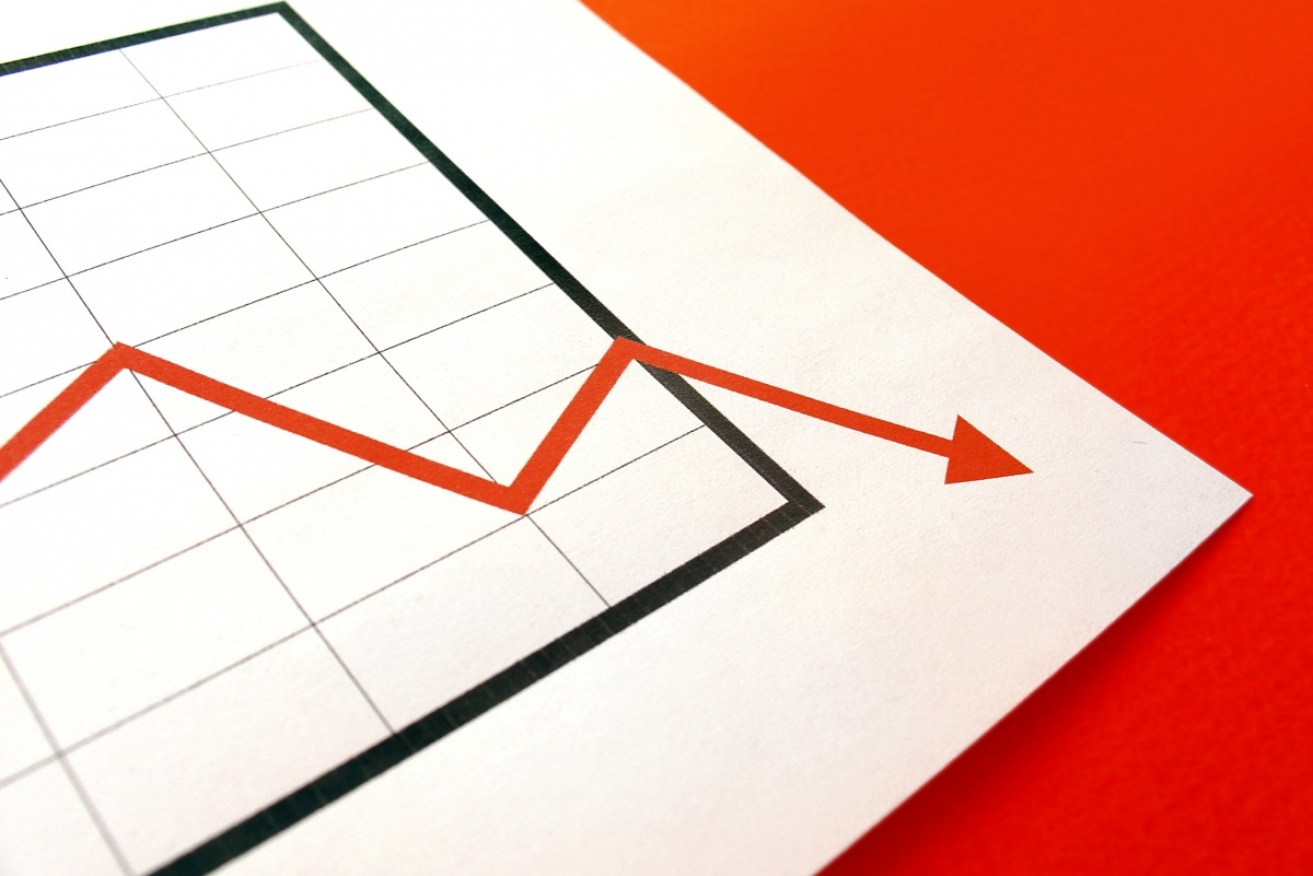Reserve Bank slashes interest rate to 1.5%


This drops the cash rate to an historic new low. Photo: Getty
The RBA has bowed to the pressures of an ailing economy by cutting the official cash rate by 25 basis points, as widely expected.
The new rate of 1.5 per cent is another record low.
The markets reacted negatively. Five minutes after the result, at 2:35pm, the ASX All Ords dropped nine points, from 5,654 to 5,645. By 3pm, it had fallen further to 5,631. This suggests the move was unexpected — or, more likely, that investors were pessimistic about the impact on consumer demand.
The Australian dollar also fell, though only marginally, by between 0.30 and 0.14 per cent against the USD between 2:30-3pm. This could be evidence the cut was already priced in.
RBA governor Glenn Stevens pointed to “quite low” inflation, and the beneficial impact of recent cuts, as reasons for the reduction.
“Low interest rates have been supporting domestic demand and the lower exchange rate since 2013 is helping the traded sector. Financial institutions are in a position to lend for worthwhile purposes. These factors are all assisting the economy to make the necessary economic adjustments, though an appreciating exchange rate could complicate this,” Mr Stevens said in his official statement.
“Taking all these considerations into account, the Board judged that prospects for sustainable growth in the economy, with inflation returning to target over time, would be improved by easing monetary policy at this meeting.”
Headline inflation was 0.4 per cent in the June quarter, bringing the annualised rate to 0.1 per cent. This was below the Reserve Bank’s 2-3 per cent target.
Most economists expected the cut. Twenty of 25 economists surveyed by Bloomberg on Tuesday predicted the result, as did 11 of 14 surveyed by AAP.
Industry Super Australia chief economist Stephen Anthony told The New Daily the cut was the “responsible” move by the RBA, but warned of the likelihood that it would spark “more exuberance” in an already overheated property market.
“The RBA is between a rock and a hard place. I think it’s the responsible thing to do. That said, obviously there does need to be greater scrutiny on various parts of the housing market and possibly a greater emphasis on regulatory options to help take some of the juice out of the market.”
In his statement, Mr Stevens said the RBA was less concerned about the property market: “… the likelihood of lower interest rates exacerbating risks in the housing market has diminished.”
Treasurer Scott Morrison told Sky News the result reflected the “global phenomenon” of low growth, and was not evidence of a struggling Australian economy.
Shadow Treasurer Chris Bowen said the rate cut “makes a mockery” of the government’s ‘jobs and growth’ mantra.
It is the second rate movement this year after the RBA cut by 25 basis points in May. It cut 50 basis points in 2015, and a further 50 in 2013, with no changes in 2014.
The last big clusters of rate increases were three in 2009 (+75) and four in 2010 (+100).
All recent movements have been +/-25 points. The last time the RBA shifted rates more substantially was during the GFC, when it dropped the rate by 100 points three times, in October 2008, December 2008 and February 2009.
What is the cash rate?
According to the Reserve Bank, the cash rate is “the interest rate on overnight loans in the money market”.
In other words, it is the amount of interest a commercial bank must pay the Reserve Bank if it takes out an overnight loan.
Banks are constantly shifting money between themselves. Because the daily volume of these transactions is unpredictable, and because banks are by definition risk-taking institutions, it is often the case that they temporarily run out of hard cash to make good on these transactions.
But by law, they are still obliged to settle the transaction overnight. In such situations, they must borrow, either from each other or from the central bank.
In a nutshell: more bank lending means a higher chance of banks running out of money. But a lower cash rate means the cost to a bank of running out of money is not as great. Therefore, in theory, a lower cash rate should encourage banks to lend more, and thus stimulate a slugging economy through increased demand.









